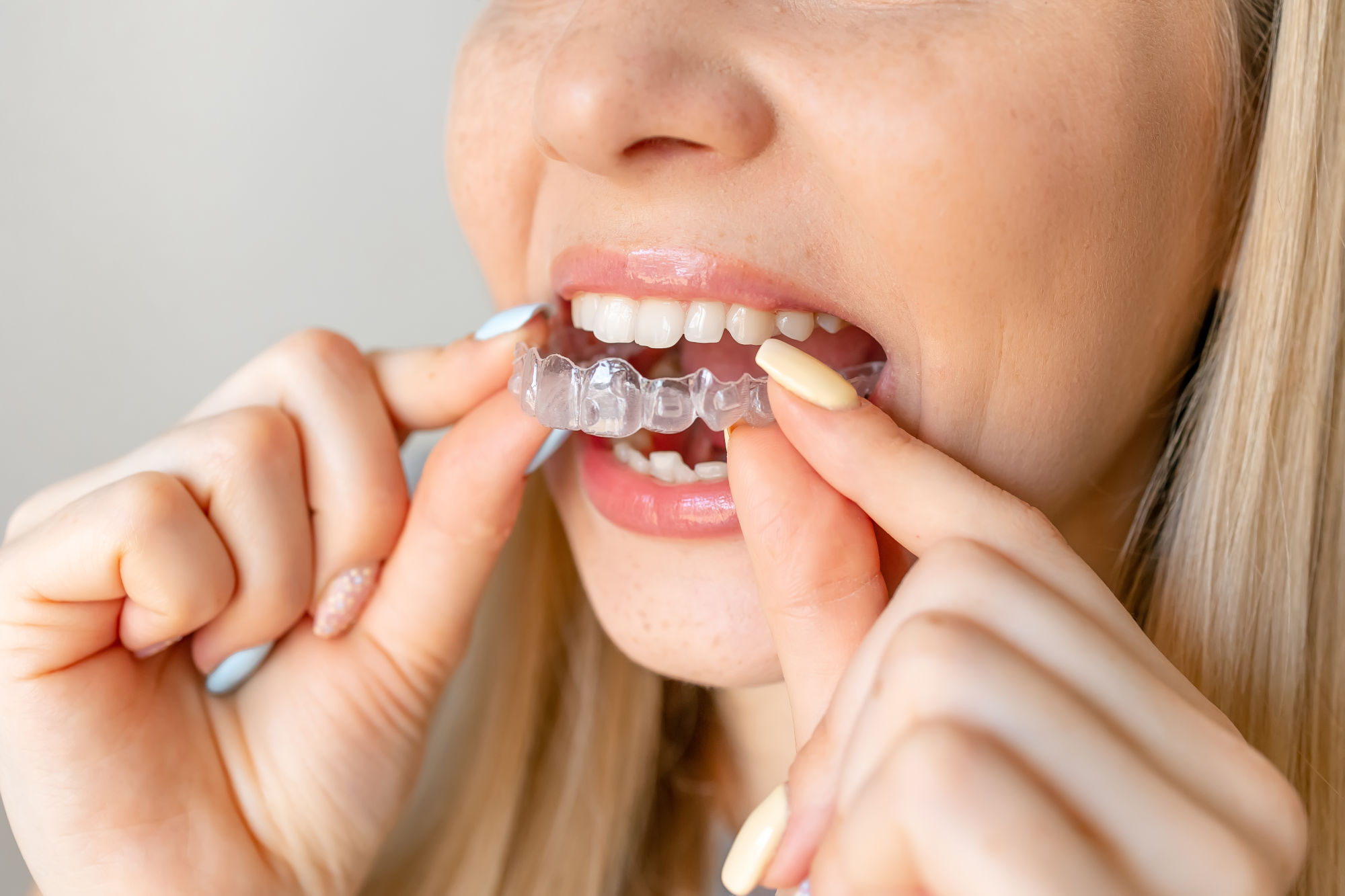Contents

The Price of Clear Aligners: A 2025 Cost and Value Breakdown
Imagine a world where you could achieve a perfect smile without anyone knowing you're wearing braces. This is the promise of clear aligners, the custom-made trays that straighten teeth with the utmost discretion. But does this orthodontic marvel come with a price tag to match its aesthetic prowess? This guide explores the costs of different aligner brands, insurance possibilities, and the key pros and cons to consider.
Clear Aligner Price Tiers: A Market Overview
While the core concept of clear aligners is similar across brands, the price spectrum is wide and primarily depends on the treatment model and complexity of the case.
Invisalign: The Professional Standard
As the pioneer and global leader, Invisalign offers a range of treatment tiers, all supervised in-person by a certified dentist or orthodontist:
- Invisalign Comprehensive (complex cases): Typically ranges from $4,500 to $9,000+.
- Invisalign Lite / Express (mild to moderate cases): Generally costs between $2,000 and $5,000.
The cost of Invisalign reflects the advanced technology and the direct, hands-on care from a medical professional, making it the premium option.
At-Home Aligner Brands: The Budget-Friendly Alternative
Direct-to-consumer (DTC) brands have made clear aligners more accessible with flat-rate pricing, usually between $1,800 and $2,500. It's crucial to understand that this model is only suitable for very minor cosmetic corrections and relies on remote monitoring, which carries significant risks if not initiated with a comprehensive in-person dental exam.
Are Dental Aligners Covered by Insurance?
Yes, many dental insurance plans with orthodontic coverage will help pay for clear aligners. This is a crucial factor in managing the cost. Typically, insurance plans that cover orthodontics will:
- Cover clear aligners to the same extent as traditional braces.
- Pay a percentage of the total cost (often 50%).
- Have a lifetime orthodontic maximum per person, typically between $1,500 and $3,000.
Always verify the "adult orthodontic benefits" and any waiting periods with your provider. For more details, consult our complete guide to Invisalign reimbursement.
Weighing the Pros and Cons of Clear Aligners
The Strengths of Clear Aligners
- Unmatched Discretion: They are virtually invisible, allowing for a confident smile throughout treatment.
- Superior Comfort: The smooth plastic is generally more comfortable than the brackets and wires of braces.
- Removability and Hygiene: You can remove them to eat, drink, brush, and floss, making it much easier to maintain excellent oral health.
The Limitations and Demands of Aligners
- Strict Compliance Required: The treatment only works if you wear them for 20-22 hours a day. This requires significant personal discipline.
- Limited for Complex Cases: While versatile, clear aligners may not be the best tool for extremely complex bite issues or cases requiring significant tooth extrusion.
- Higher Cost: Professionally supervised aligners are generally more expensive than traditional metal braces.
How Do Clear Aligners Actually Work?
The process begins with a 3D digital scan of your teeth. Your orthodontist uses this scan to create a precise, step-by-step treatment plan. You then receive a series of custom-made aligners. Each set is worn for 1-2 weeks, gradually and gently shifting your teeth into their new position. Regular check-ups with your provider ensure the treatment is progressing as planned.
Conclusion: Navigating the Price of a Perfect Smile
Despite a higher cost, clear aligners are increasingly popular due to their discretion and comfort. While not suitable for every malocclusion, they offer an effective and nearly invisible alternative to traditional braces for most cases. With the growth of the market and better insurance coverage, the "invisible revolution" in orthodontics is more accessible than ever.
FAQ: Your Top Questions About Aligner Costs
The higher cost of Invisalign is due to several factors: the extensive research and development behind their proprietary technology (like SmartTrack™ material), the advanced 3D planning software, and, most importantly, the direct, in-person care and supervision from a licensed dentist or orthodontist included in the fee.
It depends. At-home aligners are generally cheaper than traditional braces. However, professionally supervised treatments like Invisalign are often comparable in price to or slightly more expensive than traditional metal braces, and are typically less expensive than lingual braces.
Traditional metal braces are typically the most affordable comprehensive orthodontic treatment option. While at-home aligners have a lower sticker price, they are only suitable for very minor cosmetic cases and come with the significant risk of not having in-person professional supervision.
For in-office treatments like Invisalign, the cost of the first set of retainers is often included in the total treatment fee. For at-home aligner brands, retainers are almost always an additional cost at the end of treatment. It is crucial to clarify this with your provider upfront.
